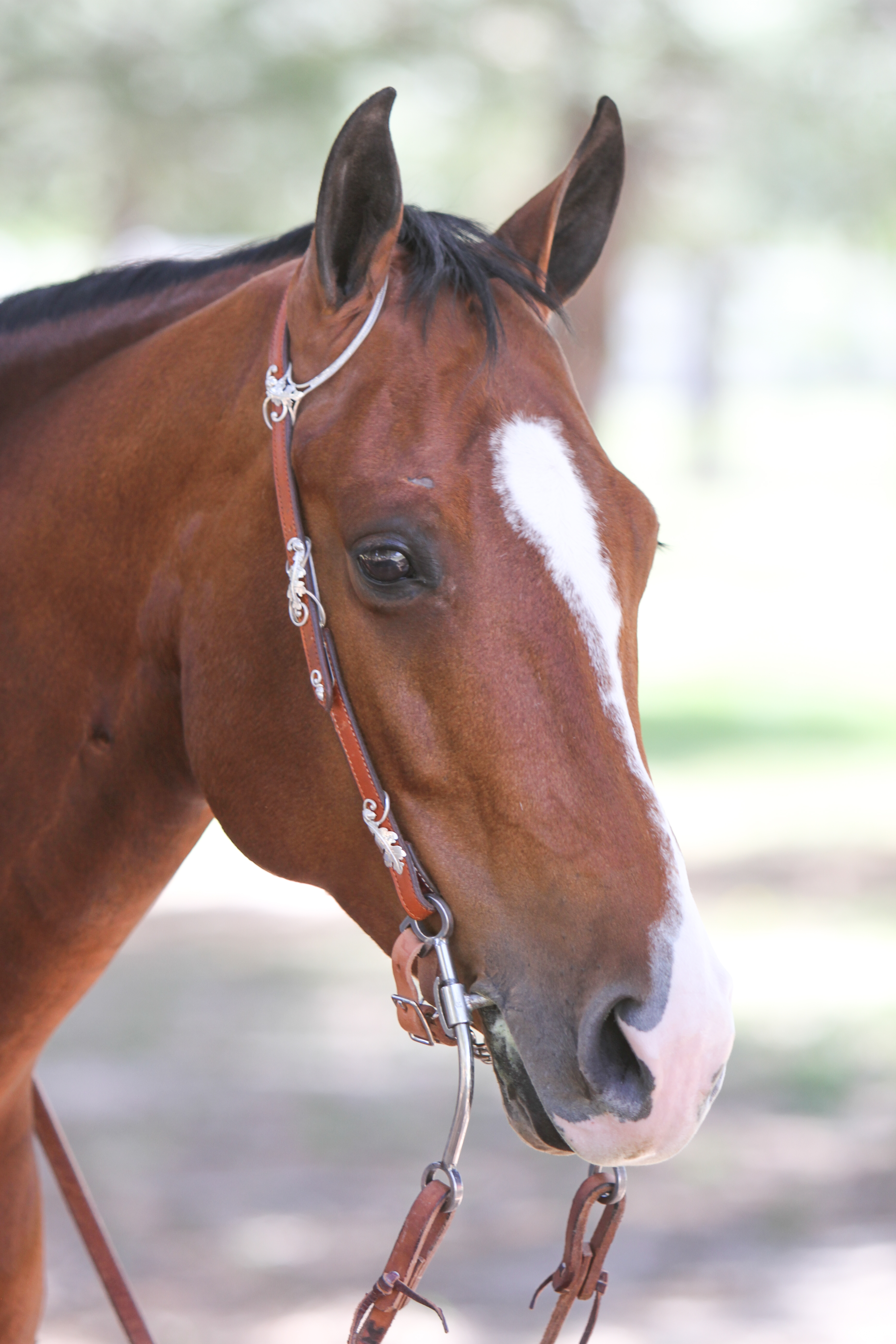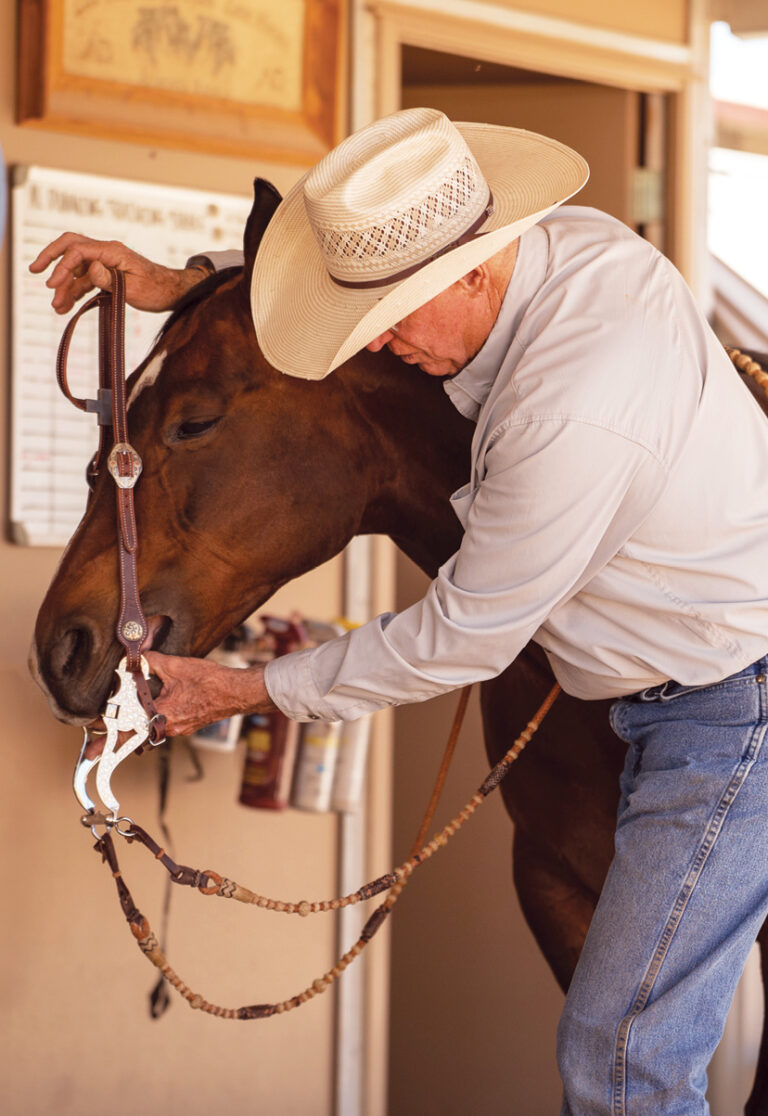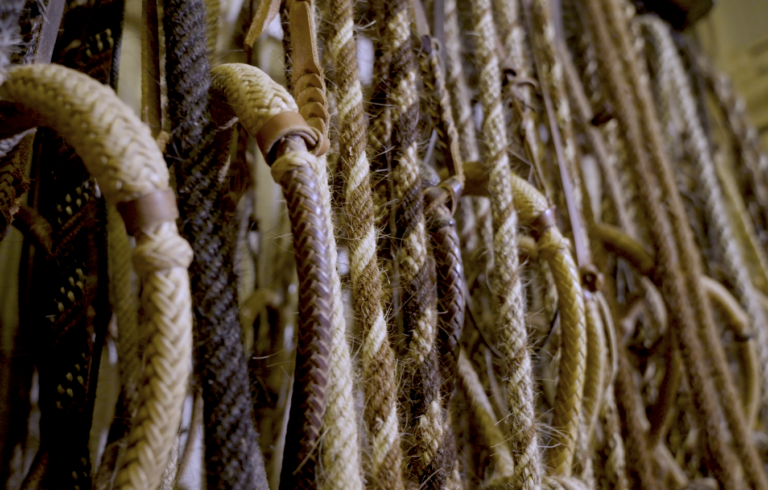After several decades of being in the horse-show industry, I’ve acquired a lot of gear. Now that I spend more time writing and photographing horses than I do showing, I needed to clean out my closet and pass on my gear to riders that can use it (and make a little money to put toward the future-horse fund). Here’s some of the takeaways I’ve learned when selling my gear online.
Join Facebook groups. Facebook is a huge social-media platform and Facebook groups allow people from all over the country to buy/sell their items on one platform. Be sure to check out each group’s rules to make sure that you’re following the rules and posting items that are allowed. For example, some of the groups I’m in only allow for-sale listings of tack, while others include show apparel and other horse-related items.
Do your research. Whether you’re buying or selling, it’s important to do your research to make sure you’re listing your product at a competitive price, or buying the product you think you are. If you’re buying a saddle, be sure to get the serial number and call the saddle maker. Normally they can offer you more information on the saddle, and if it’s stolen they will be able to let you know. If you’re buying on Facebook, click on the seller’s profile to see if there are any red flags on their profile? Is it a new account? Do they have very few friends? Do they have any photos that show their face or photos with horses?
Price accordingly and include all information. Look at products other people are selling to help price your gear accordingly. You can also decide if you want to include shipping for free, or add on shipping on top of the cost. I recommend going to usps.com to calculate shipping. If you’re selling show clothing, be sure to include different measurements, so people know exactly what size it is. If you’re selling tack, be sure to include important information like saddle size.
Clean it up and take a lot of photographs. If you’re selling your gear, make sure you take the time to have it looking its best. People are more likely to buy an item when the silver is cleaned up, any dirt and debris is removed, and the leather is conditioned. If you’re not sure what kind of products to use on your tack or apparel, reach out to the designer or maker. Take as many photos as you can and get in all angles of your gear or apparel. Be sure to include photos of brand stamps or serial numbers. If possible, if you’re selling tack, try to take a photo of the item on your horse, so people can get an idea of what it looks like on a horse.

Be a savvy shopper. If it’s too good to be true, it probably is. Unfortunately, it’s very easy for scammers to get ahold of photos and try to list them as their own. If you see a saddle that should be listed at $4,500 and the seller has it listed for $2,000 and is willing to accept any offers, take this as a warning and understand that most people wouldn’t sell a saddle worth so much for so little.
Tip: To avoid having your photos stolen so scammers can use them for their own for-sale posts, include a watermark over the top of your photos, so people know exactly who took the photos.
Ask for additional photos. If you’re concerned about whether an item is legitimate, ask the buyer to provide additional photos or videos. You can also ask them to include a random object in one of the photos, like a piece of paper with your name and the date on it or a blue marker on the upper right-hand side of the photo. This helps eliminate those who might have stolen photos.
[READ MORE: SAYING GOODBYE TO MY SHOW SADDLE]
Ship with care. Always make sure that you have received the money for your gear before shipping it, as you could potentially be out money if the buyer decides not to send you money. Once you’ve been paid, make sure you ship your products in a timely matter and in a way that’ll keep them safe during transit. I try to ship my products out the day after I receive payment—or day of, if it’s early enough in the day. While it costs a little bit extra, I always insure my products when shipping them. You don’t want to be out a lot of money if your product gets lost in the mail.

Tip: When shipping a saddle, someone recommended taking two 20x20x20 boxes and merging them together then taping it up to make one long box. I always ship show saddles in their saddle bag to avoid damaging any silver, and like to wrap headstalls in bubble wrap or shipping paper to keep them from moving around and damaging any silver.
Always use PayPal. If you plan to purchase something online without seeing it in person, or sell something, always use PayPal, and be sure to use the “goods and services” option. PayPal protects both buyers and sellers in worst-case scenarios. Never use the family and friends option when dealing with someone you don’t know, as you don’t have the same kind of protection. Avoid checks, or if you do take a check be sure that the check clears before shipping your items.
[READ MORE: BUYING TACK ON A BUDGET]
Tip: If a seller requests using a different kind of money app, like Facebook messenger or Venmo, take caution. Those types of apps should only be used when dealing with someone you know and can trust. If you do use those apps, know that they might not be able to help you get your money back if you do come across a scam.
Meet in a public area. Occasionally I’ve had buyers that are local and would like to meet in person to buy certain products. When I have met in person, I always make sure to meet in a public place, like a local coffee shop. Some police stations have even set up safe areas to help people buy and sell products.
Create a spreadsheet. If you’re like me, chances are you’ve spent decades building up your riding collection, only to try and sell large amounts at one time. To keep track of what I’ve sold, what I have currently listed for sale, and who I’ve sold things to, I like to create a spreadsheet that helps me stay on top of multiple postings. It also keeps me on track to make sure I’m getting products shipped out within a reasonable time.






